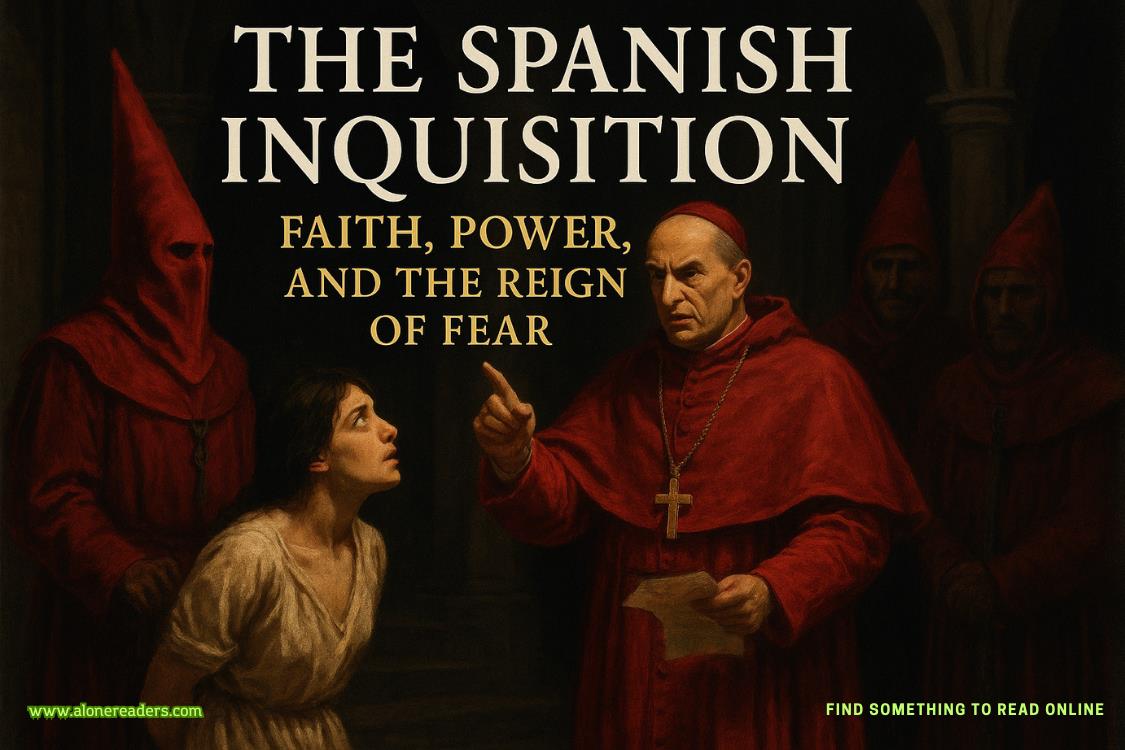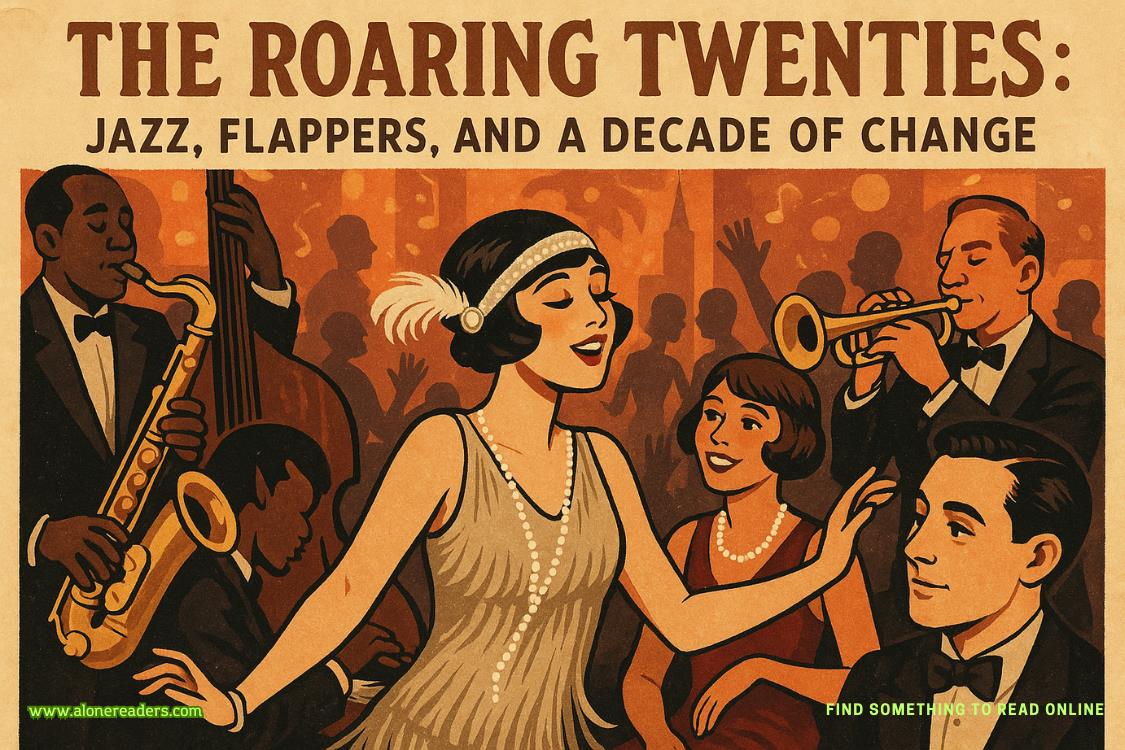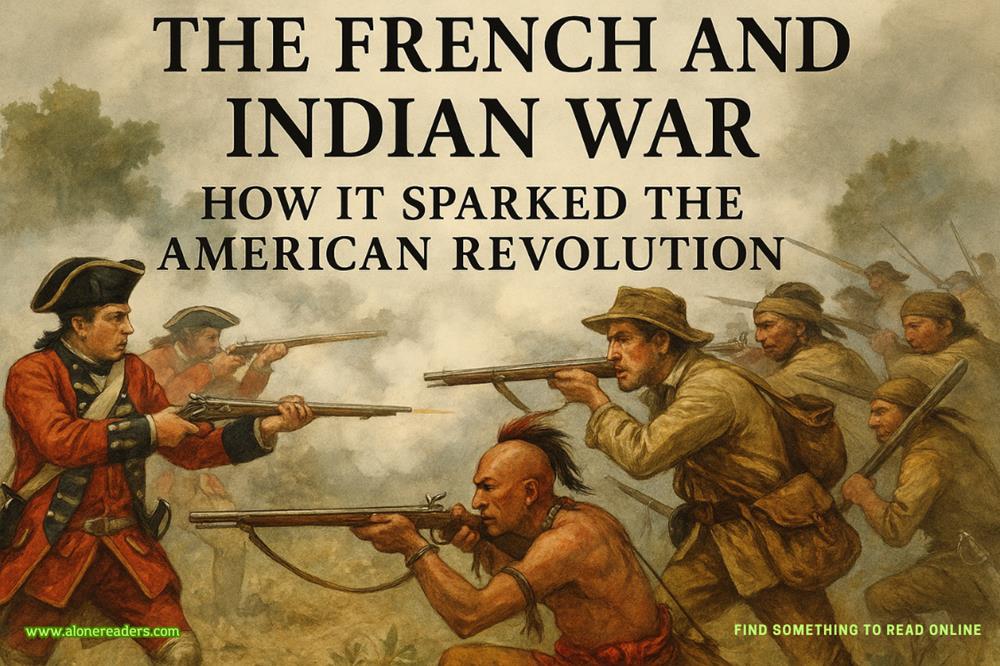Page 22 of Holmes, Margaret and Poe
“It does, John,” Mahoney said. “Point taken. We are looking for someone who knows explosives and is savvy enoughmechanically and technologically to rig a remote-controlled machine gun.”
I took the microphone from Sampson. “More than rig it. It sounds like he designed and built it, is that correct?”
Agent Kershaw nodded. “We believe so.”
I said, “He’s more than a bomb tech, then. He’s an engineer, probably a design engineer who specializes in robotics or something of that nature.”
Mahoney said, “I’m not following you, Alex.”
“Well, I can see how a robotics engineer could build a phone-controlled fertilizer bomb. But I can’t see a bomb technician being able to design and build a remote-controlled machine gun. Does that make sense?”
Kershaw said, “It does.”
“What else, Alex?”
I thought about that. “Again, a loner. Highly educated. Late thirties to early forties. Lives by himself. Secretive. Paranoid. Probably resentful. Obsessed with that resentment and all it entails. Fastidious. Able to design and execute long-range plans. Given that the bomb and the gun control had to be hand-built, I’m thinking that he lives in a rural area where he can do what he does with little chance of prying eyes.”
Kershaw said, “I agree with that. And he’s patient. Given the size of the bombs, he would have been flagged if he’d tried to buy all that fertilizer at once.”
“Unless he runs or works on a big farm somewhere,” I said.
“We’d still see a report if it looked out of line,” Kershaw said.
Mahoney said, “Are you thinking more of a Ted Kaczynski type, Alex?”
I nodded. “Hyper-smart. Bitterness and hatred stewing.”
“Hatred directed at the government?”
“Could be. Or the airline. Or someone aboard the plane. Do we have the manifest yet?”
Ned said, “It’s there in your briefing materials. We’ll need to start running down each victim’s story, figure out if someone hated one of them enough to shoot down an entire jet. And we need to start looking for recent threats against commercial airlines, go through all the social media rantings and ravings, especially from people who are applauding the shootdown.”
CHAPTER 23
ROUGHLY TEN BLOCKS FROMwhere Alex, Sampson, and Mahoney were working the AA 839 case, Bree Stone was marching along K Street, feeling like she was being played or at least not being shown all the cards in Leigh Anne Asher’s disappearance.
She’d found out about the tech mogul’s marriage only because of an e-mail mentioning the prenuptial agreement and something about a name change. It turned out that Asher had been born in Ireland, and Elena Martin, Bree’s boss and Asher’s best friend, gave Bree some convoluted story about Asher wanting U.S. citizenship under a different name. At that point, Bree had left the apartment, her boss, and Asher’s assistant, no longer believing that she was being told the whole truth.
Which pissed her off. She liked Elena. She really did. Bree had been working for the woman for a while now, and she’d thought she’d earned her trust.
Obviously not.
Over the years, Bree had learned that the quickest route to the truth wasn’t a straight line. You interviewed everyone surrounding a crime starting on the outside of the circle and spiraling inward, and you found the truth somewhere near the center.
Interview number one, as far as Bree was concerned, would unfold here on K Street, without her boss or the missing CEO’s personal assistant shading things.
Bree entered a beautiful old building with a marble-tiled foyer and asked the security guard where to find the offices of the venerable law firm Crebs and Stratton. She was directed to the sixth floor. There, the receptionist laughed weakly when Bree asked to see Rolf Himmel.
“Do you have an appointment?”
“No,” Bree said. “And I still need to see him.”
The receptionist pursed his lips. “Can I tell him what it’s about?”
Bree showed the young man her private investigator’s license and said, “His wife’s disappearance.”
“Disappearance?” he said more soberly, and he picked up the phone.















